Many pet owners wonder if humans can get heartworms, too. Because mosquitoes transmit heartworms, it’s very possible, but rarely do we hear of human infestations. Even under perfect circumstances, the development of actual heartworm disease is non-existent. Unlike dogs, which provide a “host home” for several invasive parasites, these particular worms will not thrive in the human system. They can, however, cause organ lesions that mimic a host of other diseases.
The life cycle of the heartworm is simple, yet very dangerous for canines and, less commonly, for the feline population. Thousands of tiny larvae, produced by the female heartworm, can circulate in the blood. A mosquito bites the animal, ingests the larvae while it’s feeding, then moves on for a fresh meal. The young parasites continue evolving inside the mosquito, advancing to a new growth stage.
The transmission is complete when the young heartworms, known as microfilaria, are delivered to a fresh new host through the mosquito’s bite. They grow through several stages, often thriving in other parts of their host’s body. As they mature, they move to the right side of the heart, connecting arteries, lungs and other organs. It is the heart, however, where the damage is done.
While the mosquito is the main culprit, it’s also possible for flies, ticks, fleas and lice to transmit heartworm larvae. When a human is bitten, the mosquito deposits larvae. They do not survive in large numbers, typically dying without further incidence. In known cases, one or more worms may survive and migrate into the lungs and even the heart.
The growing worms will eventually die. In the process, they may cause an immune response resulting in nodes, granulomas and lesions. This condition is classified as human pulmonary dirofilariasis, or HPD.
Symptoms may not be present, but can include:
-chest pain
-chronic cough
-fatigue
-fever.
A routine chest X-ray usually detects these lesions. As they mimic the presence of cancer, tuberculosis and a host of other conditions, further testing is always recommended. Less invasive procedures have proven to be ineffective for identification. An excision and biopsy can usually pinpoint HPD.
Exact statistics are difficult to pin down. Experts believe there are more cases of human heartworm disease than is suggested. In some reports, males are twice as likely to exhibit the presence of nodes. Individuals aged 50-60 also show increased incidences of infestation. This is often attributed to the fact that older individuals undergo more frequent X-ray evaluations.
Researchers also feel that other factors may increase the incidence of heartworm disease in humans.
-The number of canines in the general population, especially those existing without preventative medications.
-The region itself, generally where higher mosquito populations exist.
The good news is that in the many decades since HPD was first diagnosed, no human deaths have been directly attributed to heartworm disease.
All About Worms is always free, always reader-supported. Your tips via CashApp, Venmo, or Paypal are appreciated! Receipts will come from ISIPP Publishing.





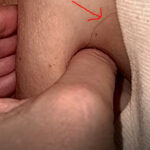
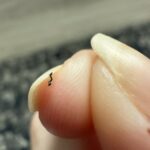
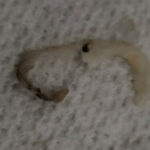
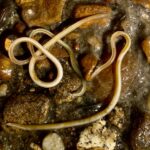





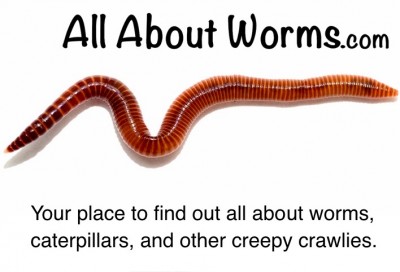


I pooped out a flat worm from garlic and laxatives… Theres still one in my stomach but its attached to my stomach I’m taking ibuprofun trying to get my stomach lining to bleed so it will go down my bowls and repaet the process.. I’m scared from the heart worm I have I’m just gonna continue taking garlic till I decide to go see the doctor I’m 29 with this and its from living with to many animals…
my friend who is a 10 year old girl has hart worms and after reading this its unbeliveable